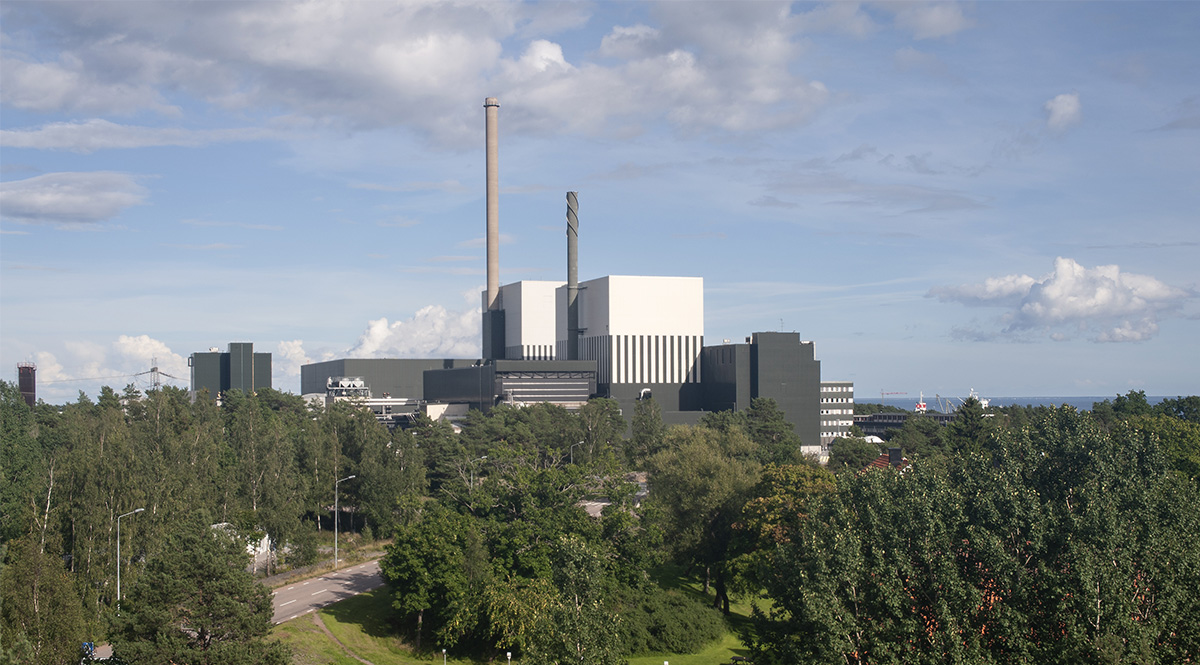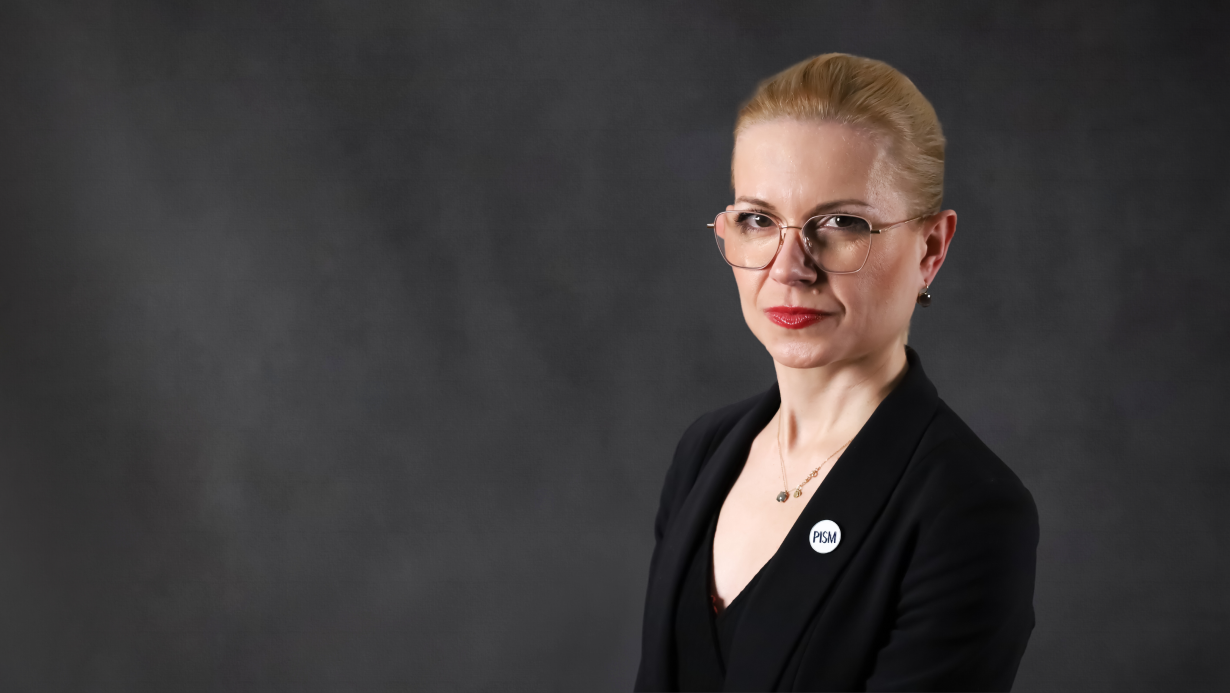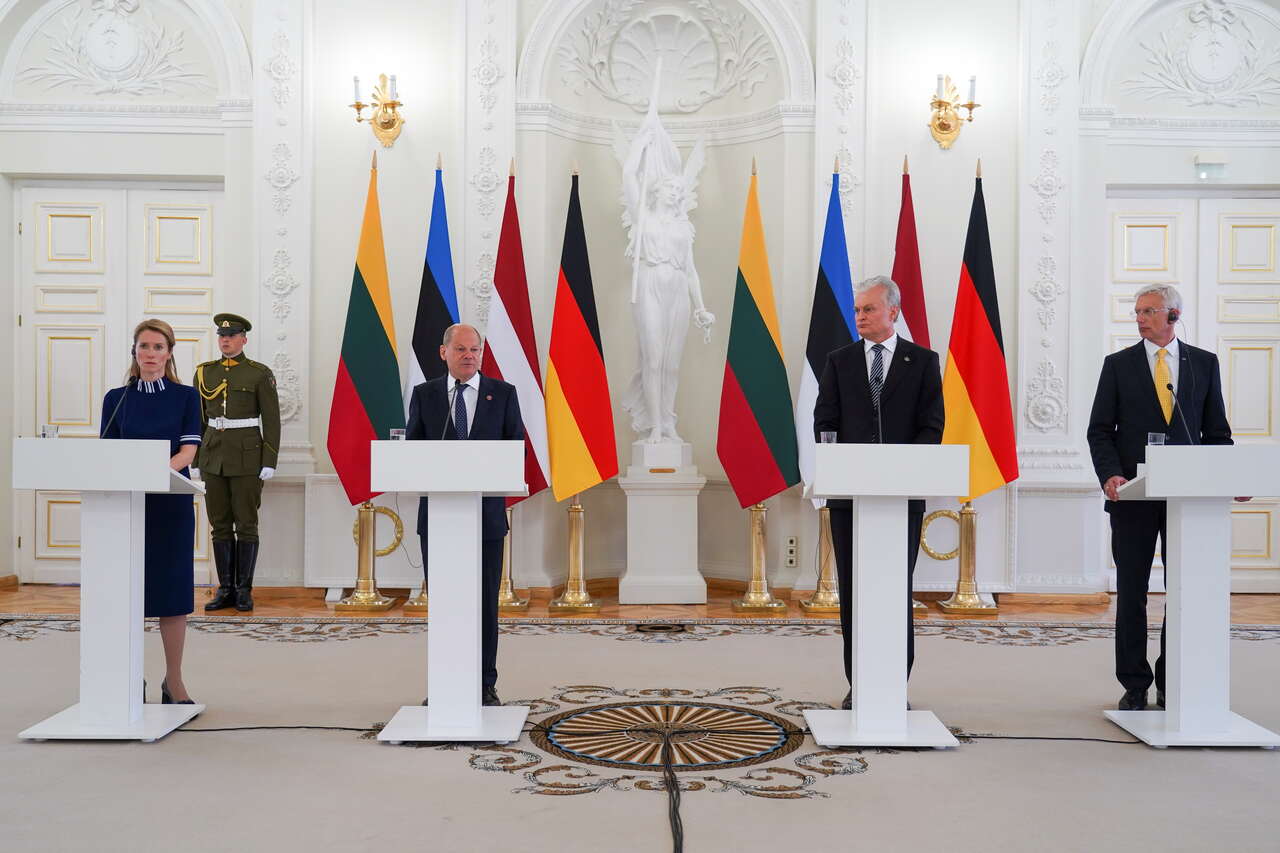Sweden Takes a Nuclear Turn in Energy Policy
New legislation has been introduced in Sweden to dramatically change energy policy. The goal of Ulf Kristersson’s government (Moderates) is to return to nuclear power. This is intended to enable the complete abandonment of fossil fuels and meet the European Union’s ambitious climate goals, as well as increase the country’s energy security. At the same time, the development of Sweden’s nuclear energy sector will affect the Baltic Sea region, including Poland, and may also trigger changes in EU energy policy.
 Ann-Christine Jansson / SZ-Photo / Forum
Ann-Christine Jansson / SZ-Photo / Forum
The Move Away from Nuclear and a Determined Return
Sweden began commercially deploying nuclear power in the 1970s, but after the 1979 accident at Three Mile Island (U.S.), when the reactor core nearly melted down, there was a Sweden-wide referendum on the future of nuclear. As a result, in 1980 the parliament (Riksdag) decided that Sweden would gradually reduce nuclear power in its energy mix and progressively extinguish active reactors. Those that were under construction, however, were still to be commissioned. As a result, while nuclear energy accounted for 27% of Sweden’s power generation in 1980, by 1990 its share had risen to nearly 45%. The first unit at the Barsebäck power plant was finally shut down only in 1999, and the second unit in 2005. In 2010, the authorities implemented complementary regulations, extending the use of operating power plants, but with restrictive conditions on modernisation or replacement. In 2016, meanwhile, the government recommended shutting down all of them by 2050. By 2022, four more nuclear units were shut down, as a steadily increasing tax on nuclear power—protested by power generators E.ON, Vattenfall, and Fortum—made production unprofitable. Three power plants in Sweden are currently in operation, but just six of the twelve reactors built. The share of nuclear in the energy mix in 2022 was about 30%. Hydropower remained the main source of energy (about 40%), biofuel and waste combustion were less important (9%), and fossil sources such as gas and coal were responsible for a relatively negligible share.
In the fall of 2022, a new centre-right coalition of the Christian Democrats, Liberals, Moderates and Sweden Democrats took power from the left. It signed the so-called Tidö Agreement, in which it pledged support for investment in nuclear power and called for the restart of the defunct Ringhals 1 and 2 reactors. Then, in November 2023, the government presented a roadmap for the development of “new nuclear power”, announcing the construction of two more reactors by 2035, and eventually 10, including small modular reactors (SMRs), by 2045. Parliament also approved legislation lifting existing limits on the size of active nuclear capacity and the siting of new plants starting in 2024. At the same time, the authorities offered $37.71 billion in loan guarantees to support nuclear power.
Reasons for Redefining Swedish Energy Policy
A key argument for restoring the nuclear energy sector to an important role has been the international energy crisis as a consequence of the war in Ukraine. Energy shortages in the system, among others as a result of the failure of one of the reactors in 2022, have further made the need to stabilise the country’s electricity grids even more urgent. It is all the more crucial given that the planned increase in the share of renewables in the mix could exacerbate the Swedish system’s vulnerability to an increase in unstable power. In the past two years, energy prices in central and southern Sweden have risen by about 40%, further worsening the economic and financial situation of many industries and households and putting a strain on the social welfare system and the state budget due to energy subsidies.
Meanwhile, Sweden’s energy demand is projected to continue growing. Individual consumption is high, at about 12 MWh per capita per year (EU average is about 6 MWh). At the same time, opinion polls confirm broad public support for nuclear power. As recently as December 2022, Analysgruppen published a poll showing that 59% of Swedes support the development of nuclear power, 26% are in favour of using existing reactors but forgoing the construction of new ones, while only 8% favour phasing out the sector altogether.
The Importance of Nuclear Energy for Sweden, the Baltic Sea Region, and the EU
The support of the current government is already translating into investment activities. The Swedish Energy Agency has granted funding of more than $10.6 million to a national joint venture established by Uniper Sweden and LeadCold for the construction of the LeadCold SEALER small modular reactor (Swedish Advanced Lead Reactor–Research Project). Another example is the SMR by Kärnfull Next AB, which raised $2.2 million from a climate technology fund from Denmark (Climentum Capital) and Swedish social developer Granitor Growth Management.
Sweden’s return to the use of nuclear power affects the Baltic Sea region, particularly in the dimension of energy security management. Complete abandonment would ultimately force Sweden to import energy from Finland and prevent it from supporting Norway, where significant hydropower generation requires temporary system stabilisation. The need to secure and balance available capacity corresponds with a redefinition of the existing goal in Sweden's energy policy—the new cabinet has prioritised the complete elimination of fossil fuels at the expense of achieving 100% renewables in energy production.
The turnaround in Swedish energy policy and the designation of nuclear power in the EU taxonomy as a low-carbon source is also having an impact on other EU members, who are more willing to see nuclear capacity as an increasingly important part of their national plans, including Estonia and Finland, which are planning a joint SMR project. A staunch promoter remains France, with which Sweden is stepping up cooperation, including with the signing (after Emmanuel Macron’s visit to Stockholm at the end of January this year) of a declaration on a renewed strategic partnership covering, among other things, the intensification of joint initiatives in nuclear energy development. Sweden adopted a similar model of cooperation back in 2023 with the UK.
Sweden is also working to advance the nuclear sector internationally and in the EU. Last December, it approved the COP declaration on nuclear energy. It also supports EU legislation in this area, such as the Carbon Neutral Industry Act, which gained preliminary approval from the European Parliament and the Council in February this year, and provides for, among other things, EU support for the development of nuclear technology. In addition, the first summit of leaders of countries that promote nuclear energy and advocate “unleashing the potential of nuclear energy” was held in Brussels on 21 March this year, with Sweden in attendance.
Conclusions and Perspectives
The EU’s ambitious climate policy, the energy crisis, and the instability of the country’s electricity system, in which renewables dominate power generation, are effectively mobilising the Swedish authorities to develop nuclear power. Therefore, it will focus even more on securing domestic power generation and strengthening transmission networks. However, there is no certainty that this will actually be able to put the 10 planned reactors into operation by 2045, as the projects are capital-intensive and the lead time is long. Execution of these plans will simultaneously require continued public approval of nuclear expansion and a stable political scene. With the opposition left opposed to nuclear power, this would require the current ruling groups to remain in power.
The future of the Swedish nuclear sector also depends on the development of technology, the investment capacity of the state and individual companies, and the availability of EU financing. At the same time, Sweden is increasingly interested in developing multifaceted cooperation in this field, especially in the Baltic Sea region, where critical infrastructure protection is growing in importance in the expansion of electricity connections, including interstate. It also promises to be more active at the EU level, such as by strengthening cooperation with France, and in relations with the UK.
Sweden’s experience in the nuclear energy industry is valuable to Poland, which, among other things, urgently needs to strengthen its own personnel and wants to develop technology and innovation. It would be advisable to consider intensifying bilateral cooperation, such as through joint research projects, which would allow Poland to benefit from Swedish nuclear know-how (e.g., regulatory solutions, waste disposal).



_Easy-Resize.com.jpg)

